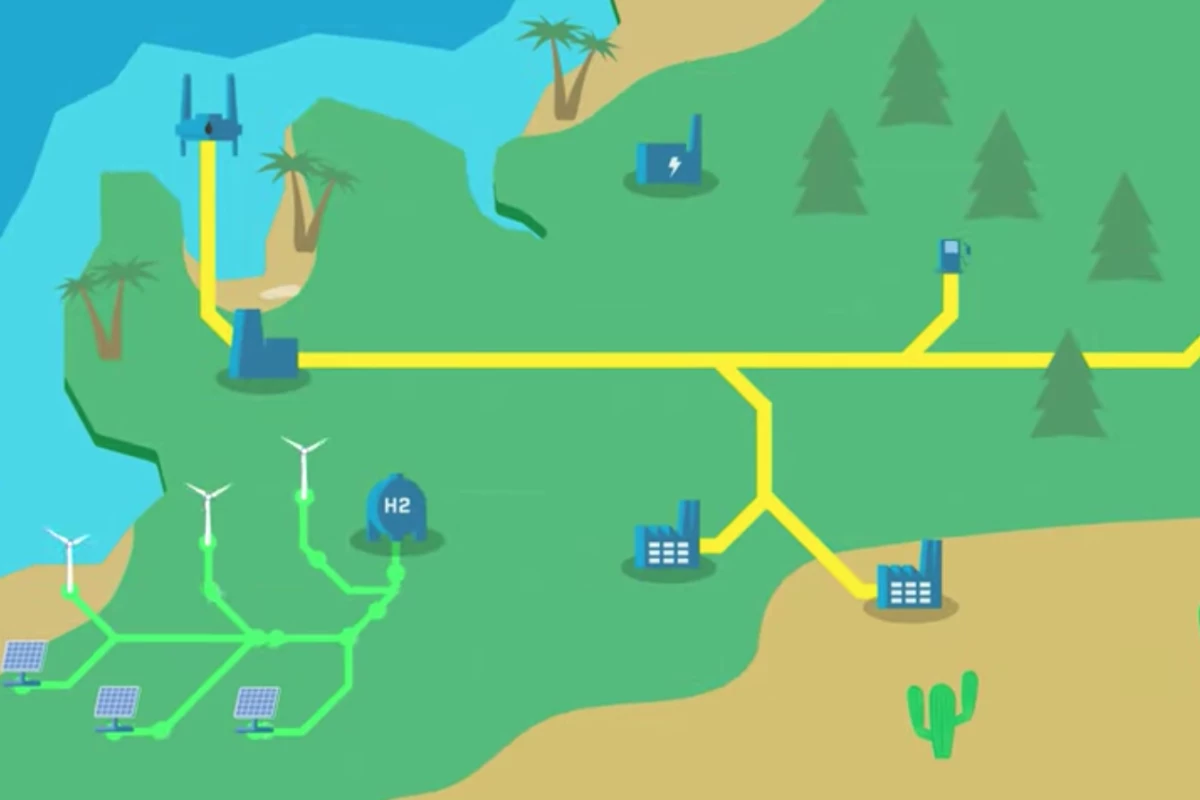One of the key issues making hydrogen less attractive than batteries for EV use is distribution. Hydrogen needs to be kept cold and pressurized, and in a renewable energy context it's generated intermittently, making the logistics of trucking it around considerably tougher than those of gasoline.
But hydrogen blending technology offers a potential solution: injecting hydrogen directly into the existing natural gas grid could push it quickly and efficiently out across an entire city, and gas stations could simply separate it out and suck it back out of the gas pipelines to fill their tanks. The distribution problem would disappear, enabling hydrogen pumps to pop up all over town.
To test the concept, SoCalGas is setting up a hydrogen blending demonstration program that will see surplus renewable energy electrolyzed into hydrogen gas, which will be blended into the natural gas supply. An isolated segment of the grid will be chosen early next year – one that uses mainly polyethylene piping – and hydrogen will be blended in at an initial proportion of around 1 percent, potentially rising as high as 20 perent during testing.
A hydrogen-natural gas blend at these proportions behaves almost identically to a regular compressed natural gas feed when it's burned to power kitchen stoves, boilers, hot water services and other such appliances. The main difference is a reduction in CO2 emissions at the burn site. Only once blends reach the 30-40 percent level does it really need to be treated much differently to a normal gas line. This is not the first such trial globally, but it will be among the first in the United States.
On the other end, SoCalGas has also announced it's working with Dutch company HyET Hydrogen to deploy HyET's Electrochemical Hydrogen Purification and Compression (EHPC) technology to get the H2 out of the gas pipes and into a compressed storage tank. The EHPC system uses an electrically-actuated, hydrogen-selective membrane to suck the small hydrogen molecules through without allowing the methane and other natural gas molecules through.
The initial deployment is expected to extract and compress about 10 kg (22 lb) of hydrogen per day, but within two years that figure will rise tenfold. As 100 kg (220 lb) of compressed hydrogen would be enough to fill up about 20 fuel-cell cars, so it's not far from that point to a commercially workable solution for gas stations.
If gas stations can easily hook themselves up to a reliable and fuss-free hydrogen source, then a lack of H2 pumps could quickly cease to be a barrier for fuel-cell vehicles. The same infrastructure could also feed larger trucking depots or airports where hydrogen-fueled aircraft stop to refuel.
Check out a short video below.
Source: SoCalGas





